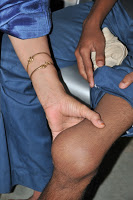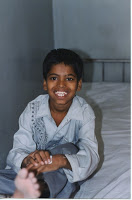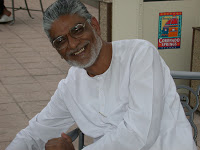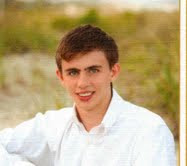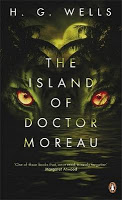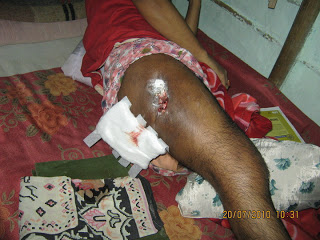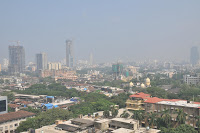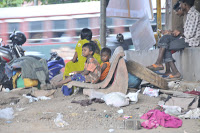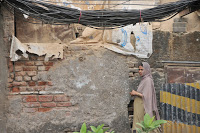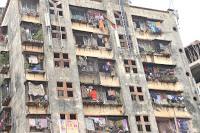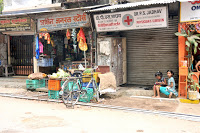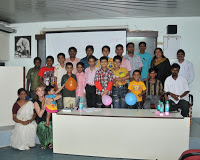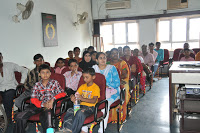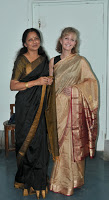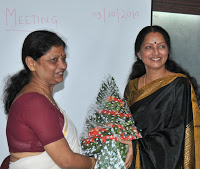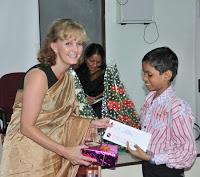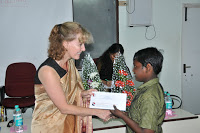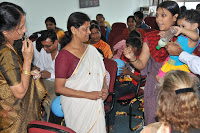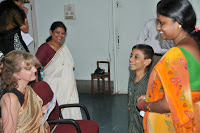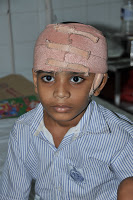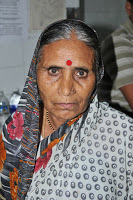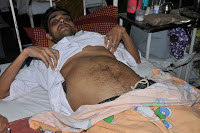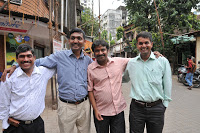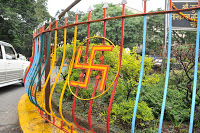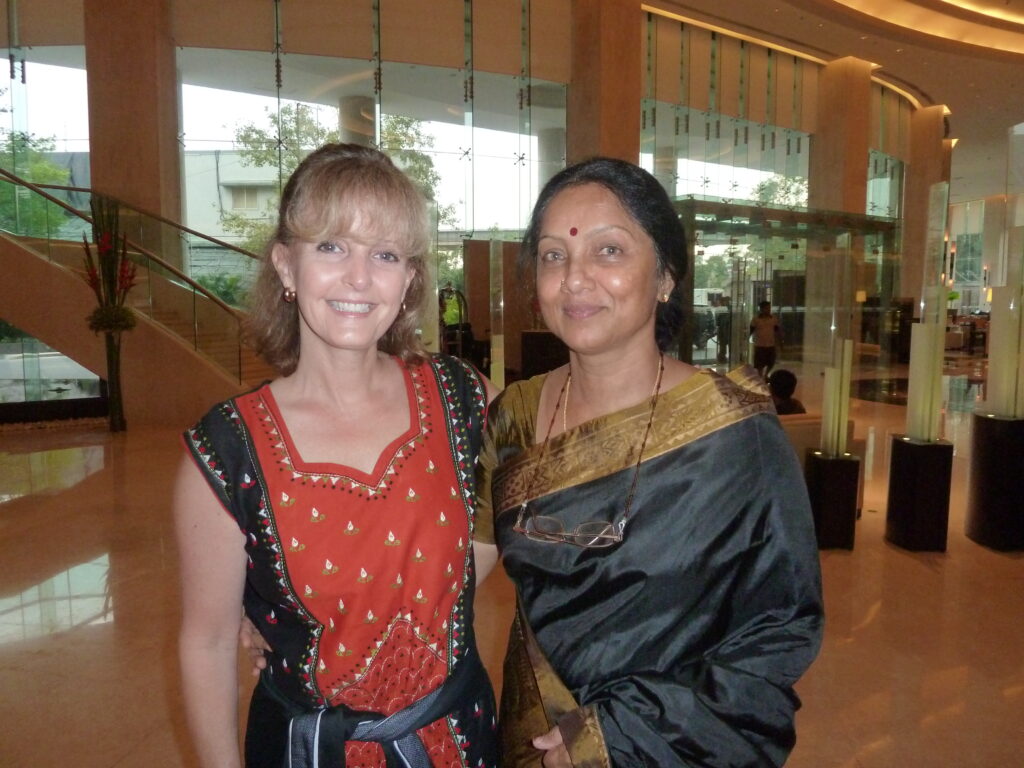Laurie Kelley
October 8, 2010
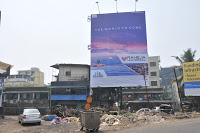
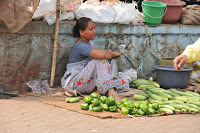
Today was one of those days when you are so bone tired you think you cannot go on or bear any more. After all, we have been through ten cities in two weeks now, with little sleep, thousands of miles covered, trips on planes, trains and autos, through slums and countryside, but more importantly, listening for hours and hours to the needs and sufferings of those with hemophilia in poverty. After our visit tonight, Usha sat in the hotel room and cried. It was overpowering.
We left Pune (in Western India) this morning after a productive two-day visit. I’ll have to write about that Sunday, and our trip to Chennai. This tour of India is so rich in experiences, that I haven’t had the time to record everything. But let me tell you about tonight.
We drove by hired car for about three hours northwest to Mumbai, formerly known as Bombay, or “Good Bay” in Portuguese, so I’ve been told. Mumbai is one of the world’s mega-cities, with an estimated population of 14 million. You can easily be stunned just by the visual sensations: the city is absolutely pulsating with activity. Street vendors, pedestrians, auto rickshaws, taxis, trucks, motorbikes, bicycles, and cows. All a noisy, polluted, colorful metropolis.
After we gratefully settled into the Courtyard Marriott, we had a quick lunch and set to work, catching up on emails and such. At four o’clock we met in the lobby with Indira Nair, president of the Mumbai Chapter of HFI, who has a son with hemophilia, and Balshiram Gadhave, board member, who also has hemophilia. We set out in a taxi to visit two families.
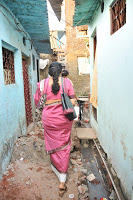 The streets are choked with traffic and vehicles, and you take your life into your own hands when you choose to cross a street. And I am forever looking the wrong way, as they drive British here, on sides opposite to those in the US. We did cross the street, and stepped into another world, the jhopadpatti.
The streets are choked with traffic and vehicles, and you take your life into your own hands when you choose to cross a street. And I am forever looking the wrong way, as they drive British here, on sides opposite to those in the US. We did cross the street, and stepped into another world, the jhopadpatti.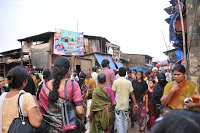
Jhopadpatti can be used to describe a group of one or two room housing units, laid out in a corridor, or simply to describe the slum. I’ve been to many a slum, but this one was sensory overload. In a distinctly Muslim section, it was crawling with children and street vendors, and everywhere you looked there was something to see: people hurrying by, skinned animals strung up for sale, windows with strips of candy or snacks fluttering in them for sale, women in black burkas, children running loose in packs, a cat munching on something dead, bullocks tied together in a massive herd in a shed, and noise—children yelling, motorbikes beeping… it all hit us like one massive assault on our senses.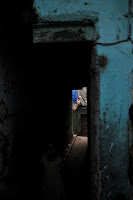
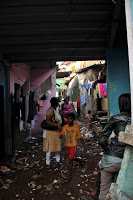
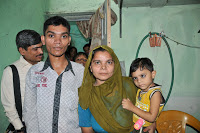 Javeed, the boy we came to visit, led us to his humble home: a small, one room cinderblock dwelling, after a ten minute walk down the narrowest of alleys. When I snapped photos of the local boys, who mugged for me, he said in English, “Come. Dangerous here.”
Javeed, the boy we came to visit, led us to his humble home: a small, one room cinderblock dwelling, after a ten minute walk down the narrowest of alleys. When I snapped photos of the local boys, who mugged for me, he said in English, “Come. Dangerous here.”
In his home, there was barely enough room to stretch out my arms. Yet he and his younger brother with hemophilia, his mother and sister all live here. They even had just adopted (nothing formal) an infant whose mother died in childbirth and whose father abandoned the family. Think of this next time you feel bad for yourself: hemophilia, limited or no access to treatment, no privacy, no bathroom, no shower, no possessions. Yet Javeed goes to college and will eventually start a life better than this one. One day. 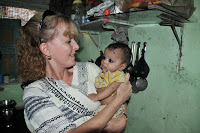
Around the corner we met Yatish, another young man who is actually getting his master’s degree! Intelligent, hard working, he told me he would one day leave the slum and take his mother with him and buy a home. He’s studying business, and I have no doubt he will reach his goals. Yatish’s home likewise is small, probably the size of a walk in closet, but his mother keep it immaculate. Still, as we spoke, I looked at the one bed, the size of a cot, and wondered who slept where? They pay for purified water to be pumped to the home, pennies a day. They pay $1.50 for monthly rent.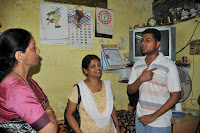
For both boys, their fortitude and determination are remarkable. Their ability to survive is admirable. Both are Save One Life boys, and we are so proud of them!
Walking out, I garnered stares from everyone, and the local children all followed me and begged for a photo, which I gladly took. Beautiful children, trapped in a slum, knowing nothing of green fields, sparkling rivers or polished homes. Yet they survive, and in the case of Javeed and Yatish, even thrive.
The slum seemed to spit us out onto the main street, where you truly have to monitor every second and every vehicle to avoid being struck. Dusk was falling, and a group of teens marched by pounding drums and carrying a gilded statue of the goddess Lakshmi, as this weekend is a holiday. All around India exploded in sound, color, noise, happiness and eternal sorrow. We grabbed an auto rickshaw—like riding in a golf cart— and quickly covered our mouths with our scarves, as the streets were filled with cars. The rickshaw is open, and we are level with exhaust pipes. I felt like I was being asphyxiated. If you’ve ever rode “Mr. Toad’s Wild Ride” in Disney World, you will know what the ride home was like.
While the Marriott was a welcomed refuge against the world outside, the world of the jhopadpatti would not leave our heads. For residents and those who visit, there seems no escape. Tomorrow I meet with 22 Save One Life beneficiaries, and then with greatly mixed feelings, leave for Boston.
I’ll write again on Sunday, to finish off my India journals, and tell you about the families we met in Chennai (east coast, last Monday) and Pune (west coast, yesterday). 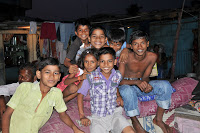
India Day 10: The Phenomenal Hemophilia Work of Durgapur
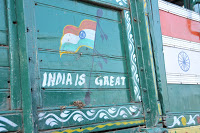
I am in Pune right now, in Western India, very close to Bombay (Mumbai as it is now called), but let me back track again to describe my visit to the wonderful city of Durgapur.
On Sunday Usha and I had our driver take us for a three-hour ride from Calcutta on a well-constructed highway to the city of Durgapur. “Durga” is the Hindu goddess of power and wealth. This was a special visit for me, because I had befriended a board member, Subhajit Banerjee, years ago and had promised him on day I would visit his center.
Indeed, many years ago I ran a program that gave aid to hemophilia programs in developing countries, and gave the Durgapur chapter its first international grant of $5,000. They were so appreciative and invited me to come. I traveled to India in 2001 and then in 2005, but had no time to see Durgapur. For this trip, I told Usha that Durgapur was at the top of my list and if I saw no other city, I must get there. Today was the day!
I fell in love with Durgapur the minute we arrived. A big steel city, it nonetheless has a charm about it. It is colorful and easy to drive around. The city was getting ready for puja, a religious festival that honors the goddess, so her images are everywhere! You could feel the excitement.
I could also feel the heat. It was at least 95 degrees. As soon as we arrived we tossed our luggage into the hotel rooms, patted some water on us to cool down and went straight to the Hemophilic Society- Durgapur Chapter, and what a welcome!
Subhajit, President Mr.D.D.Sen and their team had assembled many of the parents and children, and they welcomed us with flowers first, then several children rubbed kum kum and tamaris on our foreheads, a traditional greeting to show respect for visitors. We all put our hands together in the traditional greeting and said “Namaste” enthusiastically. Like a dream come true for me!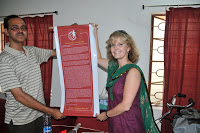
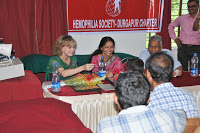
We then sat in a well-decorated room, with ceiling fans droning overhead to cool us. So much time and thought was put into our greeting. All the children and patients came forward to bring us roses. Subajit read what I think was the nicest testimony to our work that I have ever heard. Indeed, he reminded me of things I had almost forgotten! We had ties that went back years with this chapter. Subhajit pointed out that almost all the physiotherapy equipment in the room was purchased with our grant. About 20 children were enrolled in Save One Life (and I know personally almost all the sponsors!). He said that the program helped them understand their patients better by requiring them to make home visits: indeed, on one such trip, during a six hour ride, the car got stuck and they had to push it our of the mud. Then, the committee members were chased by wild elephants! It made them realize how hard it is for patients to come to the center for treatment. And yes, this is exactly what Save One Life is all about—seeing the world from the eyes of the poorest patients, to know their needs in order to meet their needs.
After the lovely welcoming ceremony, I was ushered into a small, clean and air conditioned room. There, I began to meet the patients, one by one. In speaking with them, I began to learn of common threads in the fabric of their poverty. For example, the chapter team told me that the public education is so poor, deliberately poor, that students often hire private tutors, usually the same public school teachers! The teachers supplement their meager income this way, and the students get one-to-one teaching at home, a blessing for a child who suffers from hemophilia. All the student needs to do then is take the exams and pass. But this costs money. And this is where Save One Life is really helpful. 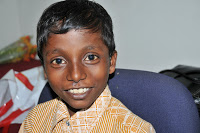
Other stories emerged, each one compelling: sometimes heartbreaking and sometimes cause for rejoicing. For example, Paru, who is sponsored by Ed Wilson of Pennsylvania, bought a fridge with money from Save One Life to help store ice. But he also needed to take out a loan of $80 to pay for it. Imagine, a loan for $80! This shows the very low level of living.
Asish is age 5 and factor IX deficient; factor IX is very hard to come by. The father is poor, a “casual” laborer, meaning his work is seasonal. He uses the donated money for his son’s education. When Asish said innocently, like any child, that he would like a bicycle someday, we alternately gasped and then laughed. Someday. 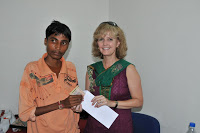
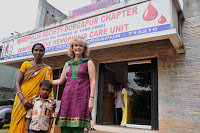
And Biswajit, sponsored by Diane and Kyle, is age 17. He is so painfully thin, and shuffles and speaks in a dreamlike way, that I guessed correctly he is severely malnourished. He was getting his funds for the first time, and he was so very grateful.
But the highlight of the day was a home visit in the late afternoon to Abishek. He is a handsome young man with severe hemophilia A who lives “close by” the clinic. In reality, it was a 40-minute ride down roads filled with auto rickshaws, trucks and motorbikes. He watched the red sun set while a grim, grimy soot filled the air. Durgapur is Steel Town, India and the steel mills belch out smoke round the clock. We eventually navigated down twisting, narrow alleys, so small that we had to back up again and again, and wiggle the van through them. When we could go no further, we then had to walk, attracting quite a crowd behind us, as I am sure it has been a long time, if ever, someone like me had visited. As we discussed Abishek’s case, I deftly dodged fresh cow dung, to put it politely, which was smeared on the crumbling walkway. I felt like I was doing some exotic dance moves in the near dark.
We reached Abishek’s home and ducked inside to escape the crowd of curious boys following us. Abishek is a young man, sponsored by none other than Patrick Schmidt, president of FFF Enterprises. Patrick would be proud to see his sponsored child: Abishek is attending college and intends to be a physician. He will do it, too. He has excellent grades, is well cared for by his hemophilia society, which gets factor whenever possible. And even using such small amounts of factor—he probably gets no more than 5,000 IUs a year—Abishek is in good shape because he uses ice, rests and compresses the bleed. He tried to never miss school. His family is completely dedicated to helping him, and despite living in such poverty, their small one room home was neat and clean. His mother offered us tea, the model of Indian hospitality, which I almost always find in the homes of the poor. We stayed for a while, and then got ready to leave.
As we walked down the concrete path to the street, about 100 or more faces greeted us: all the villagers had turned out to see us in sheer curiosity. Because I am American, white, a female… all the boys wanted to touch my hands, and I tried to shake as many as possible, feeling like a politician. I even videotaped them and they let out a cheer. Usha urged me to hurry into the car as this could turn into a friendly riot, so we jumped in.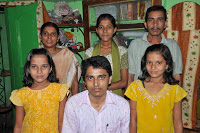
The last stop of the day was the home of Subhajit Banerjee, board member of the Durgapur chapter, and a long time colleague. We had a delightful visit, meeting his elderly father and mother, and his children. With us was Ajoy Roy, another board member. Subhajit has hemophilia, and we’ve known each other a long time. Also Ujjwal Roy, former regional director for HFI and a long-time colleague. We had tea, many laughs, and took photos. Their children presented Usha and I with lovely hand made gifts, and I promised to come back and visit their school as a guest.
Durgapur is a model chapter, a true success story where patients come first. Subhajit and Ajoy, along with their team, demonstrate orderliness, discipline, documentation, while also providing solutions to the patients, and knowing every patient personally. I was beyond impressed with how they run their chapter. And it shows in the physical appearance of the patients, who look good. Still, there are deep needs to be met. Poverty in this part of the state is rampant, and families live far away. We’ll continue to support them through Save One Life, which has become a lifeline to many.
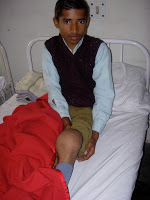 While we celebrated our own Washington Days at the end of February, and have been observing March as official Hemophilia Awareness Month, India has long been a leader in hemophilia advocacy. With a projected population of over 100,000 people with hemophilia, and only about 15,000 registered, people with hemophilia suffer and even die regularly in India. India has been lobbying its government for years, and finally the efforts are paying off, despite competition for attention from infectious disease groups, high profile crime, and politics. It’s a miracle hemophilia is noticed at all, unless you meet the people behind the advocacy. I’ve been able
While we celebrated our own Washington Days at the end of February, and have been observing March as official Hemophilia Awareness Month, India has long been a leader in hemophilia advocacy. With a projected population of over 100,000 people with hemophilia, and only about 15,000 registered, people with hemophilia suffer and even die regularly in India. India has been lobbying its government for years, and finally the efforts are paying off, despite competition for attention from infectious disease groups, high profile crime, and politics. It’s a miracle hemophilia is noticed at all, unless you meet the people behind the advocacy. I’ve been able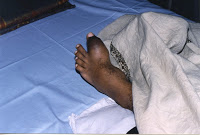 “The government has not made any move on providing free factors to us. We have earmarked Rs 50,000 from the hospital budget to treat haemophilia patients. This is, however, not enough,” said Dr Sandhya
“The government has not made any move on providing free factors to us. We have earmarked Rs 50,000 from the hospital budget to treat haemophilia patients. This is, however, not enough,” said Dr Sandhya
